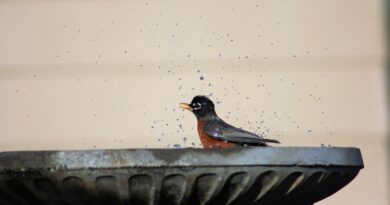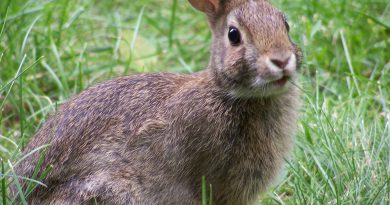About Good Bugs in the Garden

1. Best bug.
For overall best bug performance in the garden, the award goes to the humble ladybug. This pretty favourite of all children is actually a vicious killer in both the larval and adult stages, going after and efficiently attacking soft-bodied insects including the evil aphid, scale insects, mealy bugs, the Colorado potato bug larvae, all sorts of insect eggs and spider mites.
2. Alligator baby.
In its larval stage, the ladybug resembles a little alligator with a scaly looking back and black with yellow markings. This stage lasts about a month, during which time the larva eats voraciously. If there are no aphids or other vulnerable insects or eggs nearby, it will eat its brothers and sisters. When it reaches the mature larval stage, it then forms a black and orange, spotted pupa, taking about 15 days to emerge as a grown up garden lady (or male) bug. They then mate, with the female getting together with several males; she needs all the help she can get to produce 1,000 eggs in her lifetime!
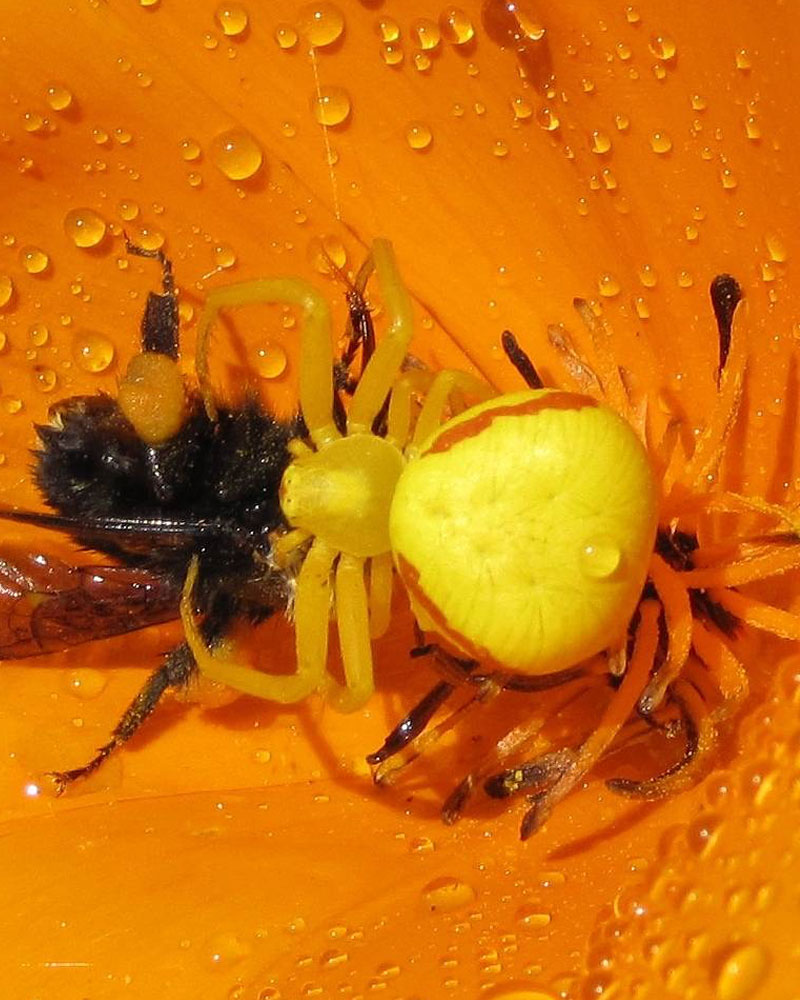
3. Along came a spider.
Best arachnid, not an insect, the spider. The spider is a formidable insect eater. All 40,000 types are predators, setting spider web traps or lurking silently ready to pounce on passing prey (which is how the wolf spiders and jumping spiders hunt). Spiders eat all kinds of bugs, many of which are interested in attacking our garden plants. Such a terror are spiders to the insect world that many bugs will pick up and leave the garden when certain types of spiders show up.
4. House and garden spiders.
Spiders are the most abundant bug predators in any garden. It is estimated that the average house is home to anywhere from 100 to 200 spiders at any given time. If they are in your home, you can be sure that there are other bugs too – because that’s what they live on.
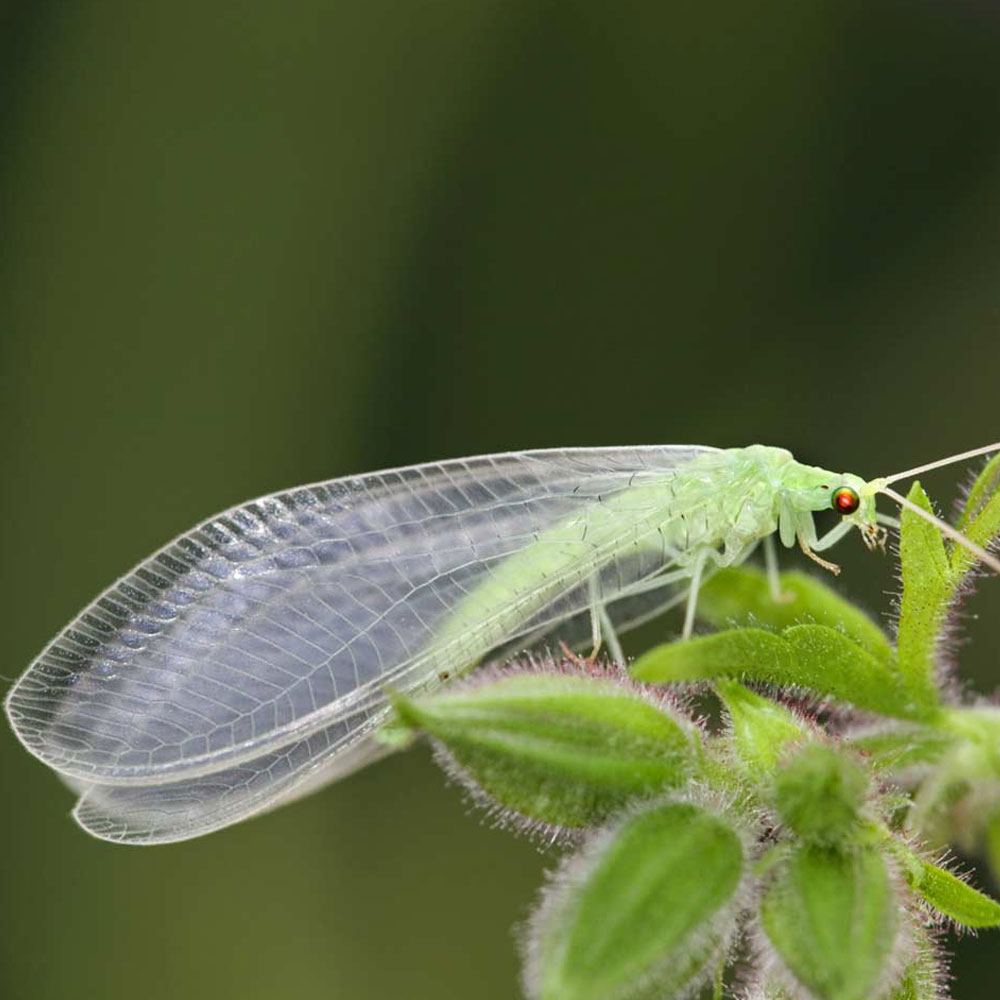
5. Dr. Jekyll and Mr. Hyde.
The pretty little lacewing has a fairy-like appearance but that is only in its adult bug stage, when it flits in the garden, from flower to flower and lives on pollen and nectar. But in its larval stage, its persona is much darker. Chrysoperla rufilabris is also known as the aphid lion or the aphid wolf. Emerging from groups of 20 eggs, the larvae eat every soft-bodied thing in its path, paralyzing its prey with deadly venom, then sucking out its juices. The larval lacewing can reach a half-inch in length before it spins a cocoon and enters metamorphosis, emerging as the delicate adult some five days later.
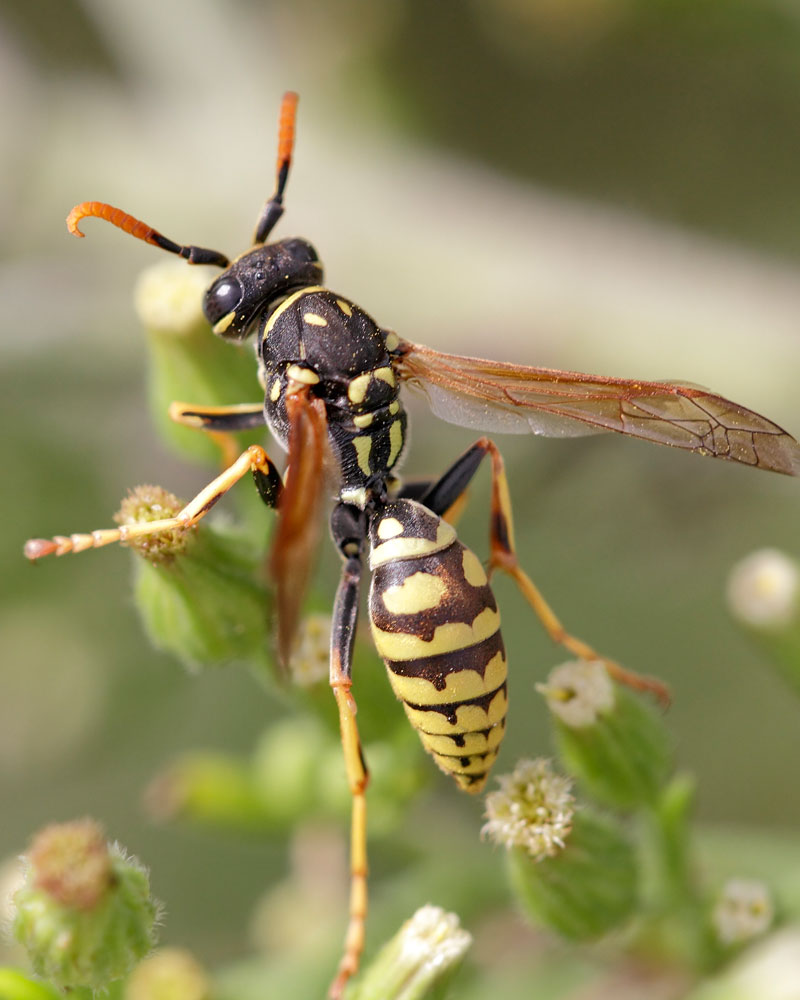
6. Body invaders.
Over a thousand species of wasps, usually Braconidae of which there are 17,000 species, are actually quite ghoulish parasites that lay their eggs on caterpillars, spiders or other insects. The host is eaten alive by the larvae that emerge from the wasp’s eggs. The female wasp uses what looks like a stinger, but is actually an ovipositor, to inject the eggs into her chosen host. Many of these wasps are so small that you probably won’t notice them. They even attack those pesky leaf-miners that are so hard to control but that make such an unsightly mess of your shrub leaves. To attract parasitical wasps, plant Queen Anne’s lace, cilantro, fennel and dill.
7. Genetic engineering wasps.
Braconids, as these wasps are commonly called, have developed a clever way of keeping their grubs alive by preventing them from being destroyed by the host’s autoimmune system. When the wasp lays its eggs, it also deposits a small package of virus, called brachovirus. This virus helps adjust the metabolism of the host to favour the growing wasp egg or larva. This virus cannot reproduce on its own but can only be produced in the ovaries of the wasp.
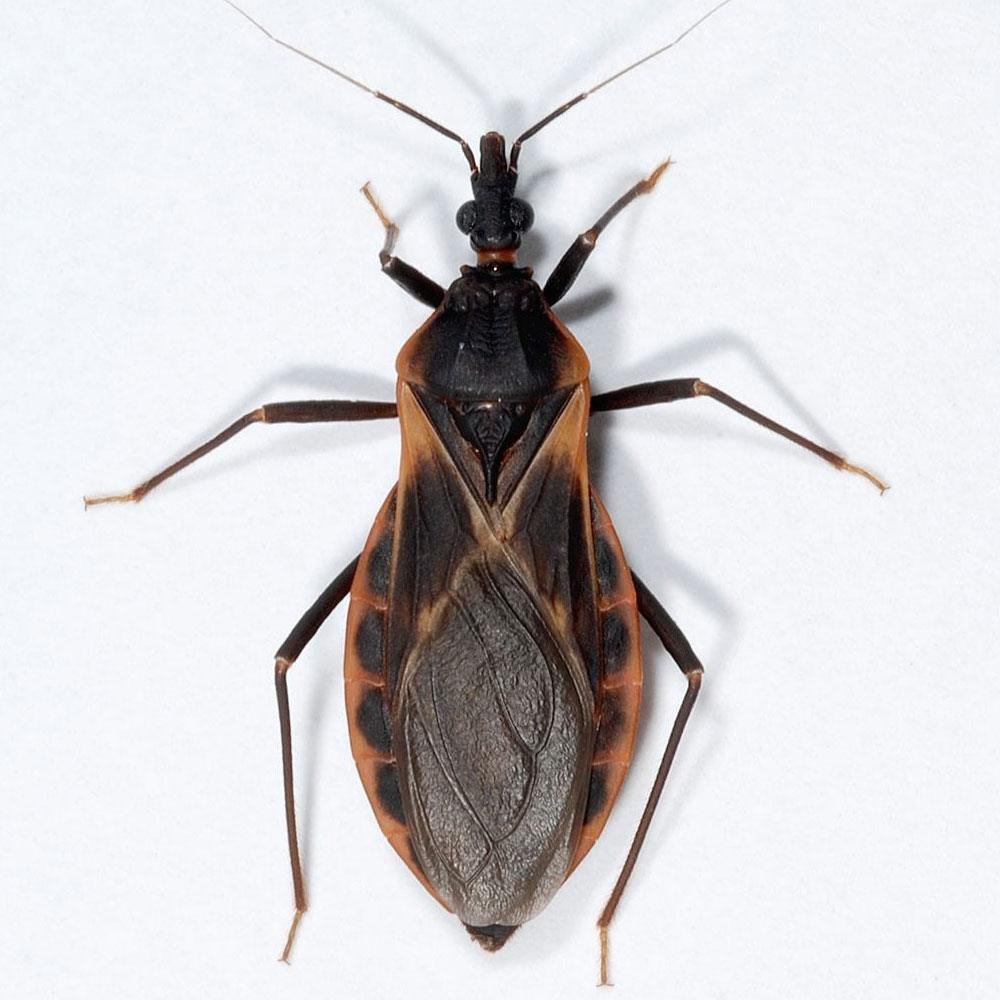
8. Assassin bugs.
Some of these truly creepy crawlers have a nasty habit of carrying the bodies of their victims around on their back, attached by sticky substance they exude from their front legs. Apparently, it is only in its immature stages that they do this. They will eat bedbugs, termites and even cockroaches! They can also bite humans. A nasty southern cousin, called the kissing bug will attack humans around the mouth and eyes when they are sleeping. That’s bad enough, but they also carry the ugly Chagus infection. Thank goodness we live in Canada.
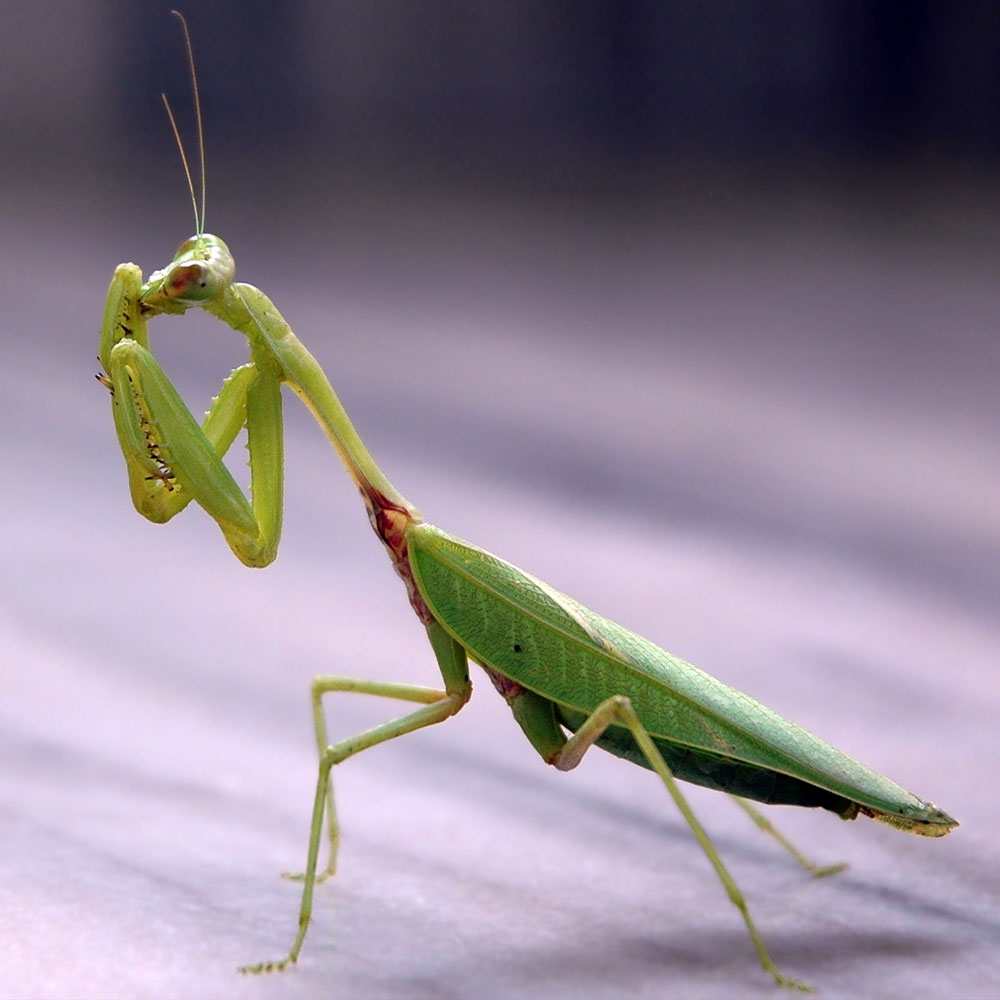
9. Praying mantis.
This is a tropical bug that can be introduced to your garden for a season. Praying mantis, also known as the stick bug, is a voracious feeder on aphids and other insects. You can buy these fascinating animals in egg cases containing about 200 eggs each. Let them loose in your garden and one or two are bound to stick around, cleaning up unwanted insects for the entire summer.

10. Underground killer.
There is a host of nasty nematodes, microscopic parasitic worms, that live in the soil and eat grubs, slugs, snails and root weevils. You can buy these nematodes at garden centres and box stores under a variety of names.



